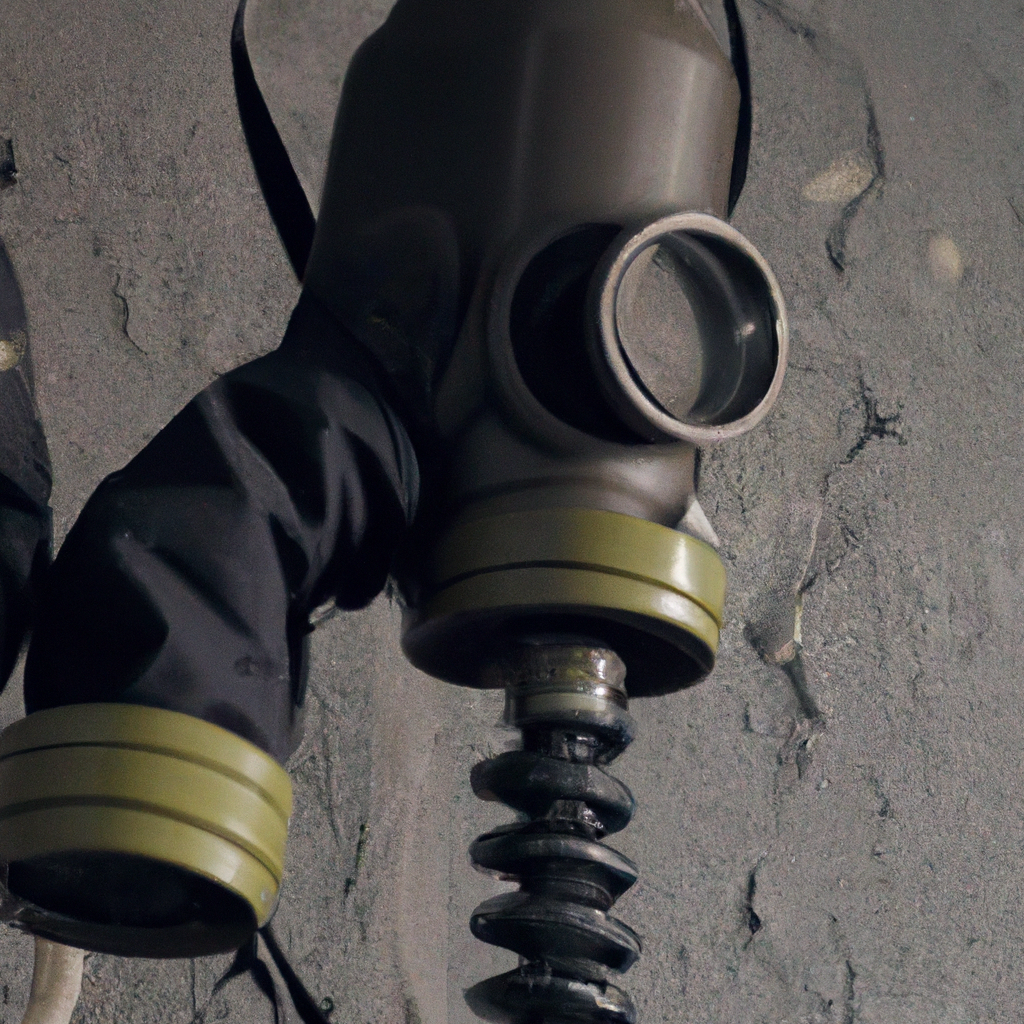A gas mask, also known as a respirator, is a breathing apparatus designed to protect its wearer from inhaling harmful gases, fumes, and particles. Gas masks are used by military personnel, firefighters, and emergency responders, as well as by civilians in emergency preparedness situations. In this article, we will explore how gas masks work, their components, and the different types of gas masks available in the market.
How does a gas mask work?
Gas masks work by filtering out harmful particles and chemicals from the air. The mask seals tightly around the face, creating a barrier between the wearer’s respiratory system and the surrounding air. The mask has a filter that removes harmful substances from the air before it enters the wearer’s lungs.
Components of a gas mask
The key components of a gas mask are:
- Facepiece: The facepiece is the part of the gas mask that covers the wearer’s face and creates a seal to prevent air from entering through gaps.
- Filter: The filter is the part of the gas mask that removes harmful particles and chemicals from the air. Filters can be made of activated carbon, which is effective against organic chemicals, or other materials that are effective against specific substances.
- Straps: The straps on a gas mask enable the wearer to adjust the fit of the mask to ensure a tight seal around the face.
- Valve: The valve on a gas mask allows the wearer to exhale without resistance, preventing the buildup of carbon dioxide inside the mask.
Types of gas masks
There are several types of gas masks available in the market, each designed for specific purposes:
- Half-face mask: A half-face mask covers the nose and mouth and is designed for short-term use in low-risk environments.
- Full-face mask: A full-face mask covers the entire face and provides a higher level of protection against harmful substances. Full-face masks are used in high-risk environments.
- Powered air-purifying respirator (PAPR): A PAPR is a type of respirator that uses a battery-powered blower to force air through the filter, providing a constant supply of clean air to the wearer.
- Self-contained breathing apparatus (SCBA): An SCBA is a type of respirator that provides a supply of clean air from a tank worn on the back of the wearer. SCBAs are used in high-risk environments where there is a risk of oxygen depletion.
Air filtration and chemical protection
Gas masks use air filtration to protect the wearer from harmful substances. The filter in a gas mask removes harmful particles and chemicals from the air before it enters the wearer’s lungs. Filters can be made of activated carbon, which is effective against organic chemicals, or other materials that are effective against specific substances.
Chemical protection is another important aspect of gas masks. Many gas masks are designed to provide NBC (nuclear, biological, and chemical) protection. NBC protection means that the mask is effective against a wide range of harmful substances, including radioactive particles, biological agents, and chemical toxins.
Emergency preparedness
Gas masks are an essential part of emergency preparedness kits. In the event of a natural disaster, terrorist attack, or other emergency, a gas mask can provide protection against harmful substances in the air. Gas masks should be stored in a cool, dry place and inspected regularly to ensure they are in good working condition.
Conclusion
Gas masks are an essential piece of equipment for military personnel, firefighters, emergency responders, and civilians in emergency preparedness situations. They work by filtering out harmful particles and chemicals from the air, providing protection against a wide range of harmful substances. With the right type of gas mask and proper use, individuals can protect themselves from harmful substances and stay safe in high-risk environments.







